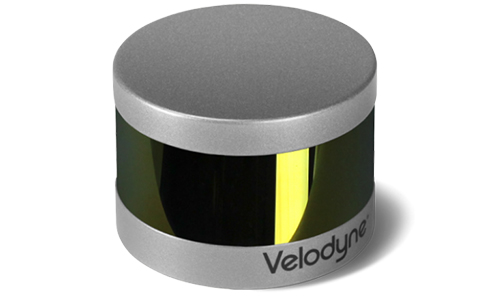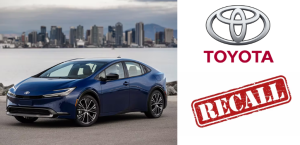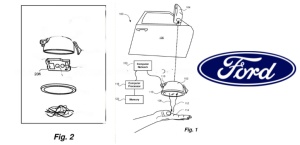By Harland Goulbourne
Toronto, Ontario — February 5, 2018 — A report in USA Today describes a future filled with brightly-coloured autonomous vehicles as likely, because the LiDAR – the eyes of most autonomous cars – struggles to see darker colours. Most autonomous vehicles make use of the LiDAR systems in order to navigate the road, and the reflectivity of surfaces is an important aspect of making the vehicles function properly. Dark colours make detection more difficult and less accurate. In a report by automotive journalist Nathan Bomey, it was explained that Ford and General Motors prototype autonomous vehicles have had to come up with a decidedly gormless solution – they are faced with the prospect of painting their vehicles in light, bright tones.
Corporations – including Ford and GM – recognize that selling only light-coloured vehicles might be hard on the bottom line, so are investing in creating darker paints. Paint manufacturer PPG has already make great strides in new paint technology that, while dark to human eyes, would remain clearly visible to machines.
But what about everything and everyone who is not covered in high-visibility paint? What was not mentioned in the article was the fate of those of us who are, by choice or lack of opportunity, not covered in glossy and cutting edge paints. Last month, when a Tesla vehicle driving on semi-autonomous mode rammed into the back of a bus, many experts announced that LiDAR, and only LiDAR, would make AVs safe. With the USA Today story, it seems that safety may be beyond the reach of all but the most bright and reflective of us.
There is, of course, another interpretation of the report: that USA Today built a story on a flimsy lead without really thinking it through. The truth is that, while all LiDAR systems do work best when tracking reflective objects – which can be seen as far as 300 meters away – the systems are perfectly capable of detecting human beings, rocks, or turns in the roadway, all within safe stopping distances.
Will the roadways of the future be dominated by a rinbow of bright colours, a highway of pastels? So far GM and Ford are exploring light colours for their AVs, but it is more likely they are just being cautious with their expensive prototypes.
The full USA Today article is available here:





































